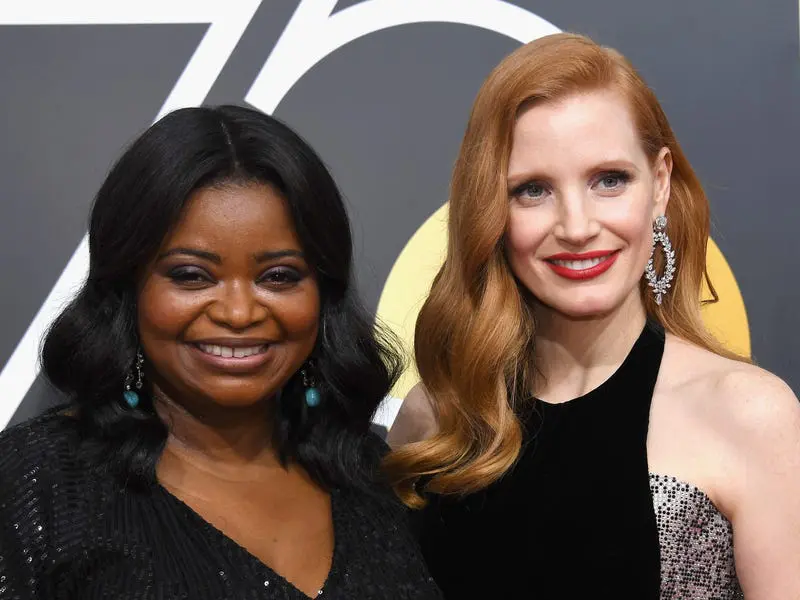The latest season of I’m A Celebrity… Get Me Out Of Here! Australia promises as much excitement and drama as its predecessors, but this year comes with a twist: the campmates’ salaries are significantly lower compared to previous seasons. A well-informed insider has revealed that this year’s cast is being labeled as the ‘cheapest ever’ as financial constraints seem to loom over the show. Paramount Global, the network’s parent company, is cutting costs across the board, affecting the paychecks of our favorite stars.
For fans and curious onlookers, the salary disparities among contestants ignite discussions and curiosity. Rumors have been circulating, suggesting that one contestant, Dave Hughes, has negotiated a contract worth around $250,000, while others have settled for much less. This disparity not only raises eyebrows but also sparks debates about the value of reality TV personalities, particularly in a changing entertainment landscape.
Understanding the Pay Structure of Campmates
Reality TV has established a complex hierarchy when it comes to contestant compensation, and I’m A Celebrity is no different. The insider details how the production team categorizes contestants into tiers, deciding their worth based on fame, previous achievements, and overall marketability. This year, the budget cuts have necessitated a shift toward more affordable talent, creating a stark contrast with seasons past where stars like Shane Warne commanded salaries as high as $2 million.
Current reports state that several high-profile participants, including Matty J, Sam Thaiday, and Shayna Jack, secured contracts ranging between $100,000 and $175,000 for their two-week engagements in the jungle, plus an added incentive of $5,000 for each additional day spent on the show. This payment strategy reflects modern reality TV practices but raises concerns about the show’s sustainability and perceived value in an era dominated by streaming services and reduced advertising revenues.

Salaries of Notable Contestants
As fans dive deeper into the latest revelations, some contestants’ financial details have come to light. British TikTok sensation Max Balegde and reality TV veteran Reggie Bird have reportedly locked in around $100,000 each. In contrast, newcomers Samantha Moitzi and Tina Provis reportedly landed the lowest deals, estimated between $35,000 and $60,000, drawing attention to the stark salary divide within the ranks.
This caste system isn’t entirely unprecedented. Over the years, reality television has often seen players with varying degrees of financial rewards based on perceived star power. Yet, the drastic differences within this year’s I’m A Celebrity cast demonstrate a further decline in extravagant payouts, actually challenging the longstanding notion that reality TV is a golden ticket for instant wealth.
The Shift in Television Compensation
The ongoing transformation of television, especially related to free-to-air networks, has rendered past salary scales unfeasible. As the audience gradually migrates toward streaming platforms that offer diverse viewing experiences, traditional channels face tighter budgets. The insider notes the significant change, explaining why salaries for this season appear diminished compared to the show’s earlier iterations.
During the heyday of I’m A Celebrity, which is arguably when the show first gained traction, contestants often fetched exorbitant sums as networks sought to entice famous personalities. However, changes in advertising revenue and a fluctuating viewer base indicate that contestant payments must now reflect the updated economic climate.

Future Implications for Reality TV Salary Structures
As the realities of production costs and audience expectations converge, questions emerge about the future of reality television and contestant earnings. Historically, high-profile figures brought viewers and accolades that justified their hefty paychecks. However, the current climate may indicate a shift where networks invest more in production quality and less in individual contestant salaries.
Could this adjustment signify an era of evolving entertainment consumption? If networks continue to prioritize cost-cutting mechanisms, it’s possible we might see even lesser-known personalities taking center stage in entertainment formats. The long-term sustainability of structured pay brackets could face challenges as networks navigate through pressures caused by audience preferences and financial constraints.
A Look Back at Iconic Contestants’ Paydays
The disparity in earnings over time can also serve as an indicator of cultural values reflecting public interest, desires, and what networks are willing to spend for celebrity influence. The dynamic nature of the casting pool exacerbates the stark differences between what an established talent can make compared to a relative newcomer.

Analyzing Viewer Impact on Salaries
The ongoing economic shift within the television industry has resulted in a more competitive landscape. Viewer engagement directly impacts what networks can and cannot afford, as public interest fluctuates and changes dramatically. Therefore, if audiences begin favoring certain types of contestants over others, this will undoubtedly create ripple effects in pay rates.
Networks might start tailoring their contestant selection, basing it on viewer preferences and viral moments to capture attention. Consequently, reality TV production could evolve, leaning toward individuals who resonate with target demographics, aligning earnings with the kind of visibility and interaction contestants can generate.
Final Thoughts on the Future of Reality Television
Overall, the current situation establishes a new framework regarding contestant earnings and hints at further changes to come within television as the industry continues to adapt to its audience. As viewer expectations evolve, so will the production strategies adopted by networks in the realities of producing entertainment.
Hi, I’m Sarah, a 30-year-old journalist with a passion for storytelling and uncovering the truth. I strive to bring important issues to light and connect with my audience through compelling narratives.



